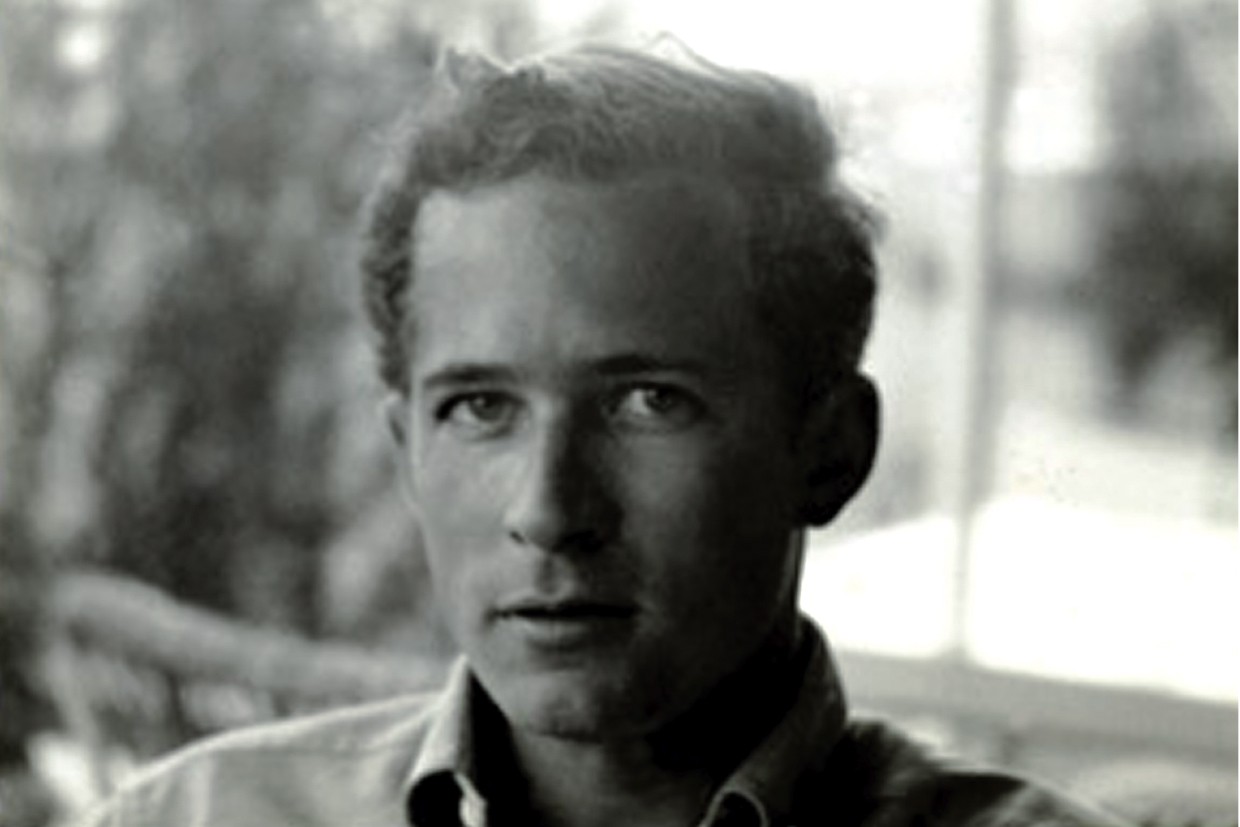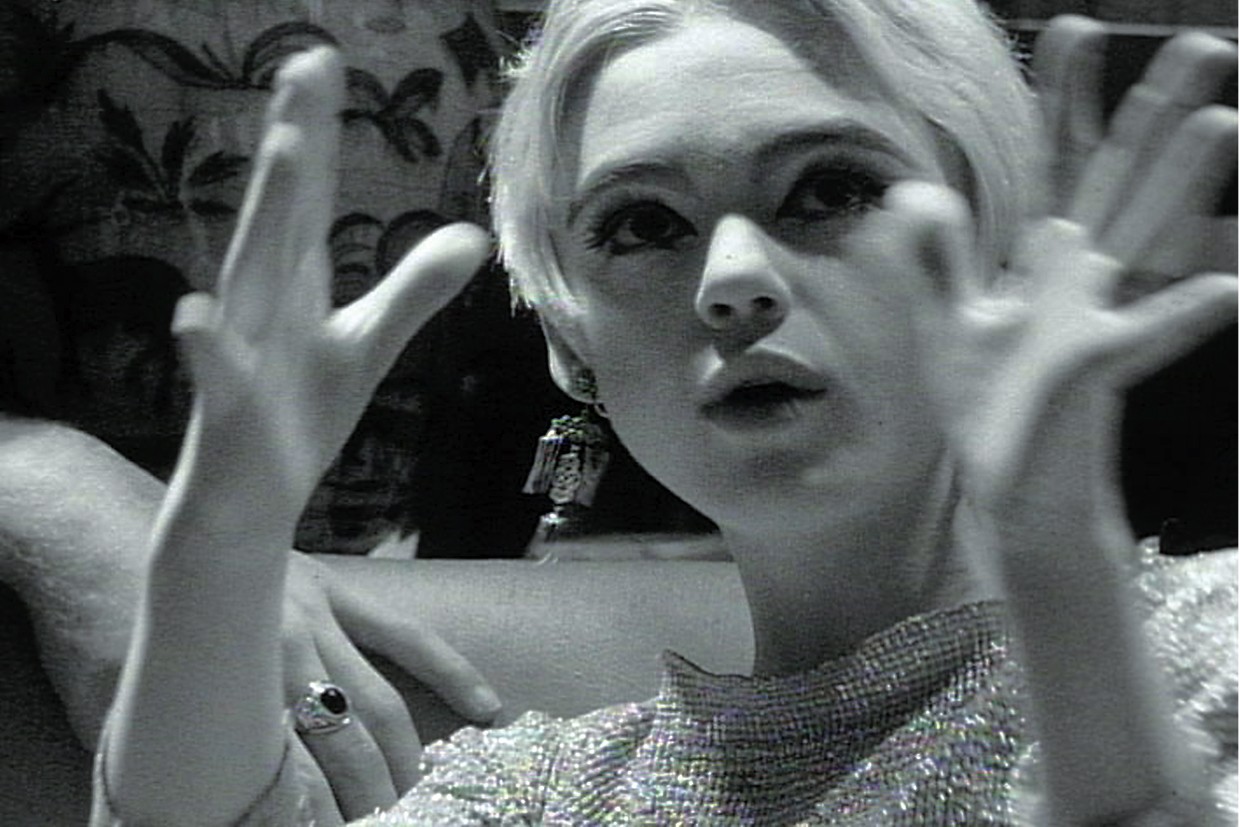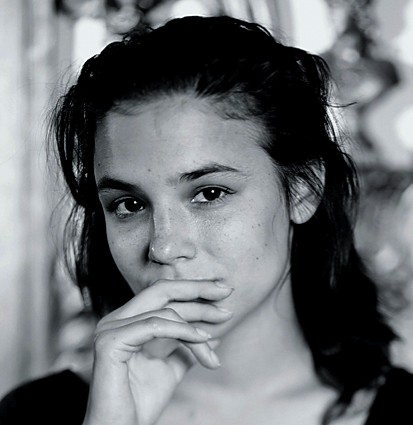A Walk into the Sea: Danny Williams and the Warhol Factory


Danny Williams
A Walk into the Sea: Danny Williams and the Warhol Factory by Esther B. Robinson
USA 2007, Forum
© The Danny Williams Estate

Edie Sedgwick
A Walk into the Sea: Danny Williams and the Warhol Factory by Esther B. Robinson
USA 2007, Forum
© The Danny Williams Estate

Esther B. Robinson
A Walk into the Sea: Danny Williams and the Warhol Factory by Esther B. Robinson
USA 2007, Forum
© Michael Kammeter
With the support of Callie Angell, the curator of the Andy Warhol Film Project at the Whitney Museum, Esther B. Robinson, the niece of the vanished Danny Williams, tracks down a box of 16mm film material at MoMA that has his name written on it. A treasure chest opens up: images, never seen before, of the factory, of The Velvet Underground, well-known faces, all in a fusion of intimacy and splendor. Like a detective, Robinson searches for traces. Talking with contemporaries and family members, watching the films, and researching, one thing becomes clear: writing family histories is an amorphous conglomeration of memories, existing images, and the distance created by time - no different than writing film history. Still, despite the impossibility of grasping the truth, the film carves out an artistic biography as singular as it is puzzling.
Stefanie Schulte Strathaus